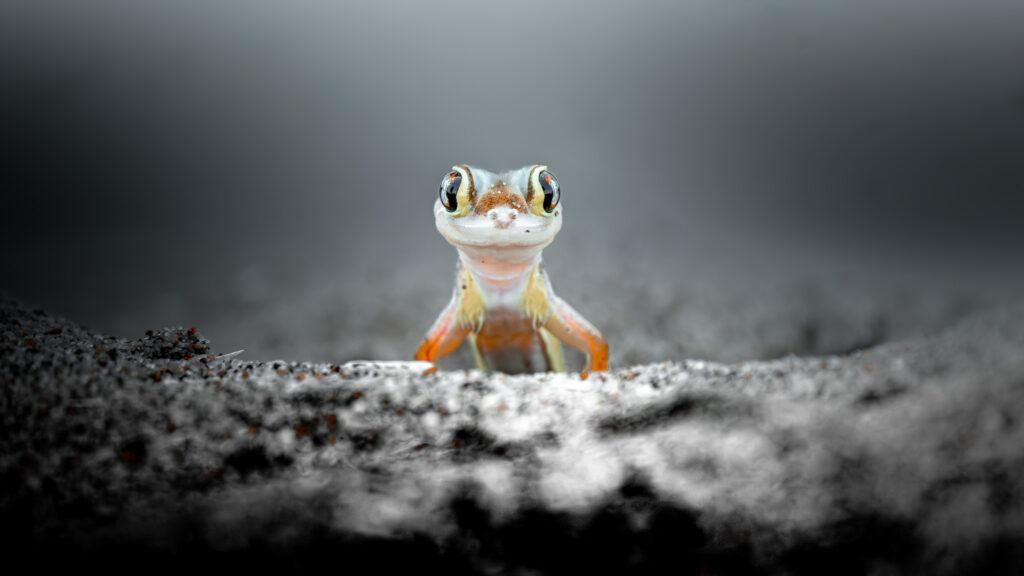Namibia is a land of staggering beauty, where vibrant red sand dunes meet an endless blue sky and unique wildlife thrives against the odds. Unlike more crowded safari destinations, Namibia offers a pristine and unspoiled wilderness, ideal for those seeking adventure, photography, and profound connection with nature. Here’s what makes Namibia a standout destination for safari enthusiasts and what you need to know to plan an unforgettable journey.
The Unique Landscape of Namibia
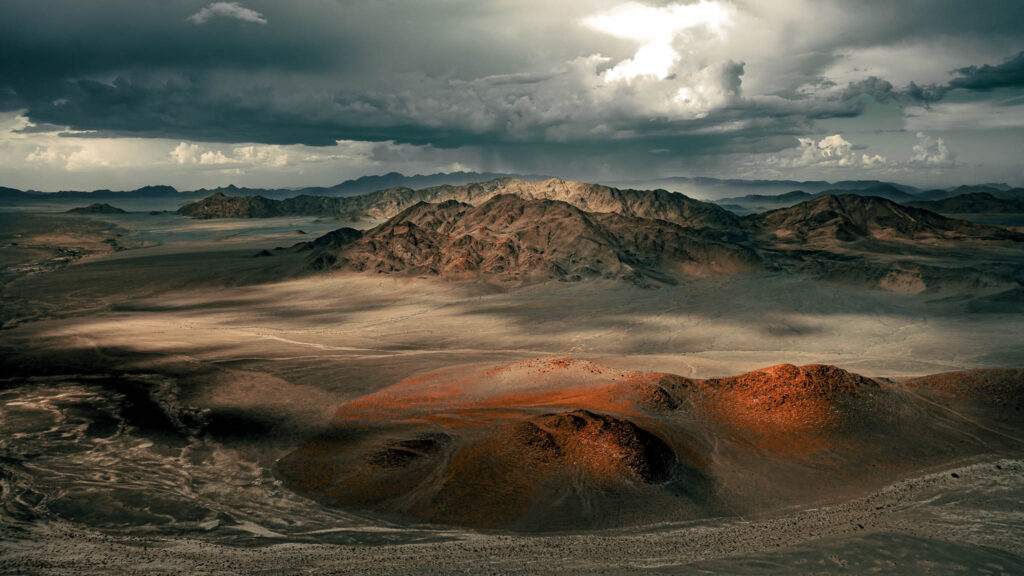
Namibia’s landscapes are as diverse as they are breathtaking. Each region presents a different face of nature, with ecosystems ranging from bone-dry deserts to lush river valleys.
The Namib Desert
One of Namibia’s most famous sights, the Namib Desert is home to the world-renowned dunes of Sossusvlei and Deadvlei. These red sand giants, some reaching heights over 1,000 feet, seem to glow as they catch the first rays of dawn or the last light of sunset. Visitors can explore these dunes on foot, marveling at the surreal landscape, where dead camel thorn trees stand frozen in stark contrast to the vibrant red sand.
Beyond its stunning beauty, the Namib Desert holds the title of one of the oldest deserts in the world. Its unique ecosystem is adapted to extreme arid conditions, and with a bit of luck, you might spot animals like oryx and desert-adapted elephants, who have adapted to survive with very little water.
Skeleton Coast

Moving from desert dunes to the mysterious coastline, the Skeleton Coast stretches along the Atlantic, offering a harsh yet captivating environment. Known for shipwrecks that dot the beach and eerie foggy mornings, the Skeleton Coast has a wild, remote feel that’s unlike anywhere else on Earth.
In this coastal desert, wildlife finds surprising ways to survive. Colonies of Cape fur seals populate the rocky shores, often pursued by scavenging brown hyenas, which have adapted to life by the sea. The Skeleton Coast is a hauntingly beautiful destination, perfect for those drawn to the stark solitude of untamed nature.
Damaraland
Damaraland offers a rugged landscape filled with rocky outcrops, petrified forests, and ancient rock engravings dating back thousands of years. This area is also known for its desert-adapted elephants, which roam freely among the sparse vegetation.
Travelers to Damaraland can experience a unique blend of nature and culture, as this region is steeped in local heritage. Visiting Twyfelfontein, a UNESCO World Heritage site, offers a chance to see ancient rock art while enjoying the stark, scenic beauty of the region.
Etosha Pan
One of the most iconic sites in Namibia, the Etosha Pan is a vast, shimmering salt pan that transforms into a temporary lake during the rainy season. When the pan is dry, it becomes a dusty, seemingly barren landscape; however, seasonal rains attract a variety of animals, making it a popular destination for game viewing.
The surrounding area, particularly Etosha National Park, is rich with wildlife, offering excellent opportunities to spot a range of species including elephants, rhinos, and predators like lions and leopards.
Wildlife Diversity in Namibia
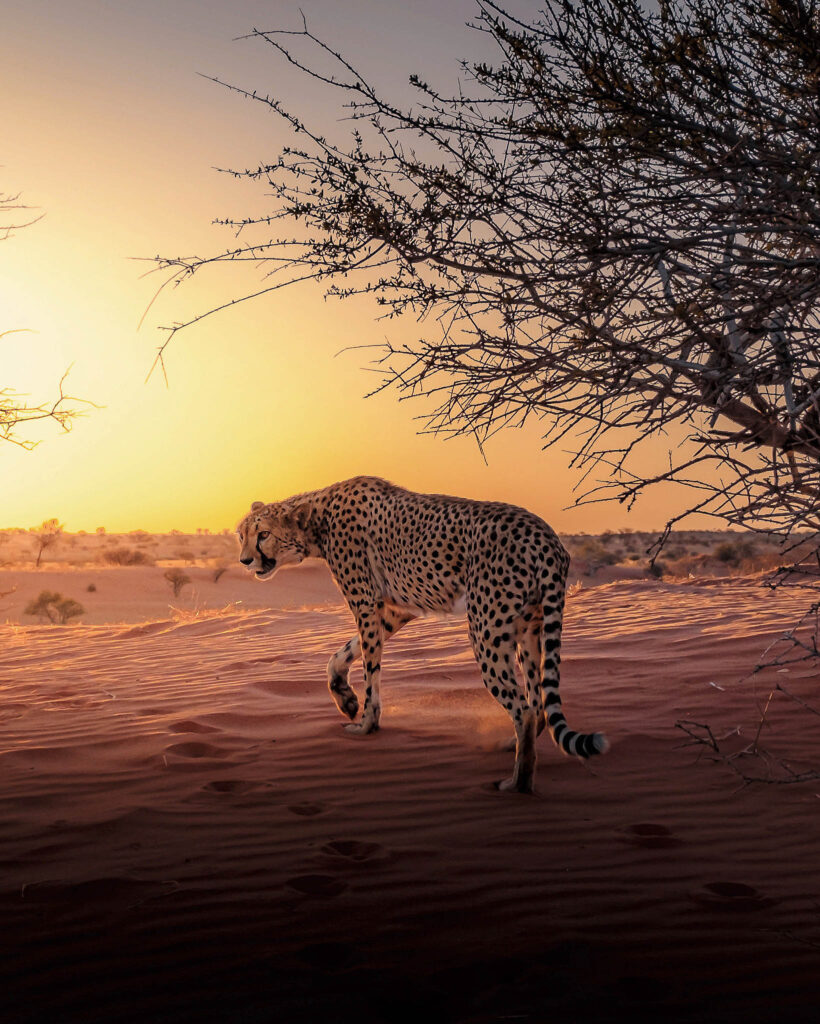
Namibia’s desert environment and conservation efforts contribute to an exceptional variety of wildlife. Here, you can see animals that thrive in extreme conditions, alongside more traditional safari sightings.
Desert-Adapted Species
Namibia is home to a range of species that have adapted to the harsh desert climate. Perhaps the most famous of these are the desert-adapted elephants, which roam areas like Damaraland and Kaokoland. Unlike other elephants, these creatures can go for days without water and cover vast distances in search of food.
In the Kunene and Skeleton Coast areas, travelers might also encounter desert lions, a unique population of lions that have adapted to hunt in the desert. These lions are smaller and lighter than other lions, allowing them to survive in the challenging conditions of Namibia’s arid regions.
Big Five and Beyond
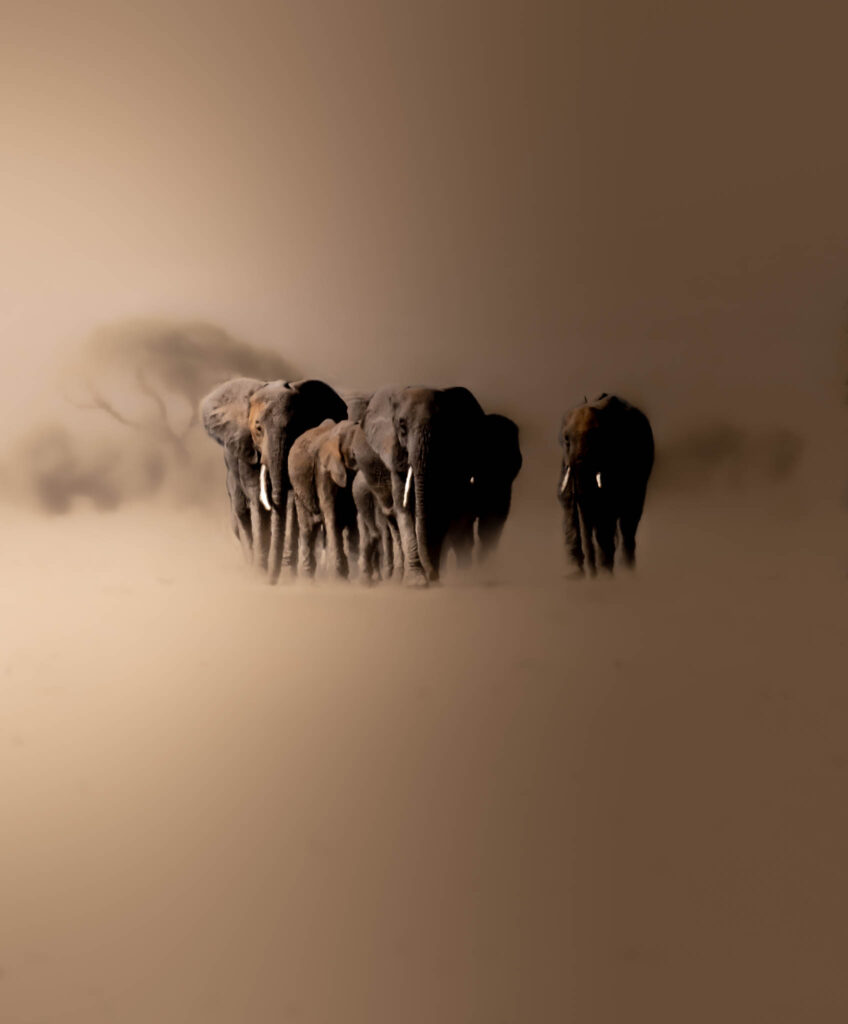
Namibia is one of the few places in the world where you can still encounter endangered black rhinos in the wild. Thanks to Namibia’s successful conservation efforts, black rhino populations have been steadily recovering, especially within private reserves and conservancies.
In Etosha National Park, visitors have the chance to see Africa’s “Big Five”—elephants, lions, leopards, rhinos, and buffalo—as well as a wide variety of other species, from zebras and giraffes to hyenas and cheetahs.
Birdwatching Paradise
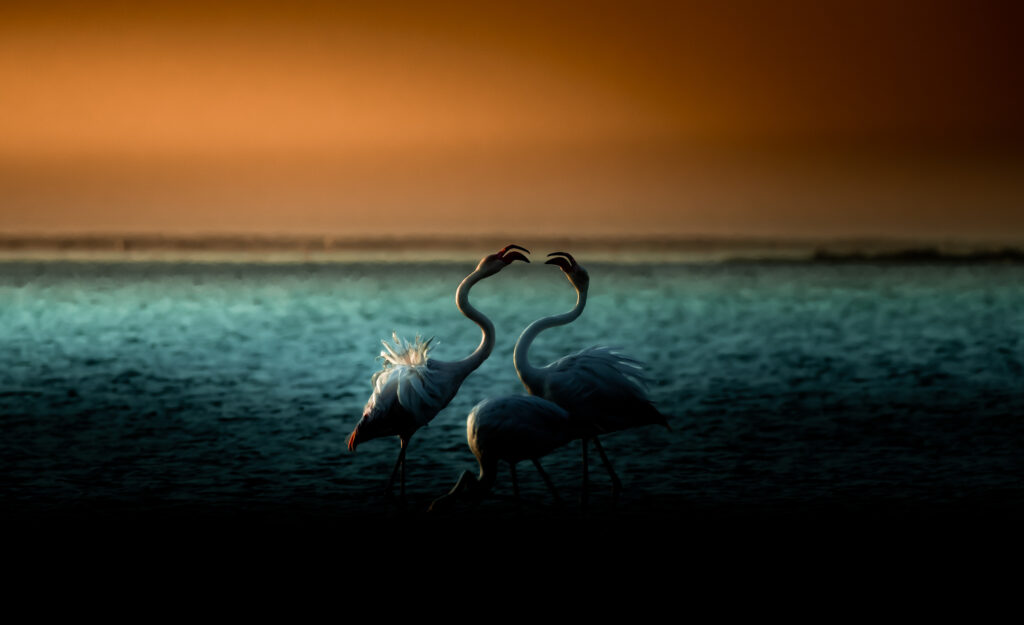
Bird lovers will find Namibia to be a hidden gem, with an impressive range of species. Over 650 bird species have been recorded here, including endemic and migratory species. Key areas for birdwatching include the Caprivi Strip, Etosha, and Walvis Bay.
Look out for the African fish eagle, which is often spotted near rivers and lakes, and the colorful lilac-breasted roller, a favorite among photographers.
Top Safari Destinations in Namibia
Namibia offers several iconic safari regions, each with its unique features and opportunities for wildlife viewing.
Etosha National Park
Etosha is Namibia’s premier safari destination, known for its vast salt pan and abundant wildlife. The park is dotted with waterholes, which provide some of the best wildlife viewing opportunities, particularly during the dry season when animals gather in search of water.
Etosha is also a fantastic place to see nocturnal animals, as some camps offer night drives and floodlit waterholes where you can observe animals under the cover of darkness.
Namib-Naukluft Park
If you’re drawn to the desert, Namib-Naukluft Park is a must-visit. Here, you can experience the Namib Desert’s signature red dunes, hike the famous Sossusvlei dunes, or visit the ghostly white clay pan of Deadvlei.
The park is also home to fascinating creatures like the Namib sand gecko and the fog-basking beetle, which have adapted to the desert environment in extraordinary ways.
Skeleton Coast National Park
For an off-the-beaten-path adventure, Skeleton Coast National Park offers a desolate beauty that is both eerie and enchanting. Travelers here can explore deserted beaches, see ghostly shipwrecks, and, with luck, spot desert lions or brown hyenas.
Caprivi Strip
The Caprivi Strip provides a striking contrast to Namibia’s deserts, with lush, river-fed landscapes teeming with life. Here, travelers can enjoy boat safaris along the Okavango, Kwando, and Zambezi rivers, offering a chance to see hippos, crocodiles, and a vast array of birds.
Why Choose Namibia for a Safari Adventure?
Namibia’s natural beauty, paired with its commitment to sustainable tourism and conservation, makes it a unique safari destination.
Remote and Unspoiled Wilderness
With one of the lowest population densities in the world, Namibia offers vast, untouched landscapes where travelers can feel truly alone in nature. This remoteness enhances the sense of adventure, creating a safari experience that feels intimate and immersive.
Sustainable Tourism and Conservation Efforts
Namibia is a global leader in conservation. The country pioneered community-based conservation programs, allowing local communities to benefit directly from tourism and wildlife preservation. As a result, Namibia’s wildlife populations, including endangered species, have seen remarkable recoveries.
Opportunities for Adventure and Photography
Namibia’s landscapes are a dream for photographers, with striking contrasts of light and shadow, vast open spaces, and unique geological features. From the golden light illuminating the red dunes to the dramatic backdrop of Etosha’s salt pan, Namibia offers some of Africa’s most photogenic scenery.
Practical Tips for Planning a Safari in Namibia
Planning a safari in Namibia involves a few special considerations.
Best Time to Visit
Namibia’s dry season, from May to October, is generally the best time for wildlife viewing, especially in Etosha. The rainy season, from November to April, brings lush landscapes and is ideal for birdwatching.
Traveling Within Namibia
Namibia is known for its self-drive safaris, allowing visitors to explore at their own pace. For a more immersive experience, guided tours and 4×4 rentals are also popular options, especially for navigating remote areas.
Health and Safety Tips
Travelers should be mindful of the desert environment. Staying hydrated, applying sunscreen, and dressing in light, breathable fabrics are essential. It’s also wise to carry a basic first-aid kit and consult a doctor about vaccinations or travel insurance.
What to Pack
Essentials include sun protection, sturdy footwear, lightweight clothing, and layers for cool desert nights. For photographers, Namibia’s light and landscapes offer incredible photo opportunities, so be sure to bring a good camera, extra batteries, and memory cards.
Conclusion
Namibia’s allure as a safari destination lies in its vast, untouched landscapes and incredible wildlife diversity. From the towering dunes of the Namib Desert to the wildlife-rich waterholes of Etosha, Namibia offers a safari experience that’s as unique as it is unforgettable. Start planning your Namibian adventure today, and prepare to be captivated by one of Africa’s most extraordinary destinations.
